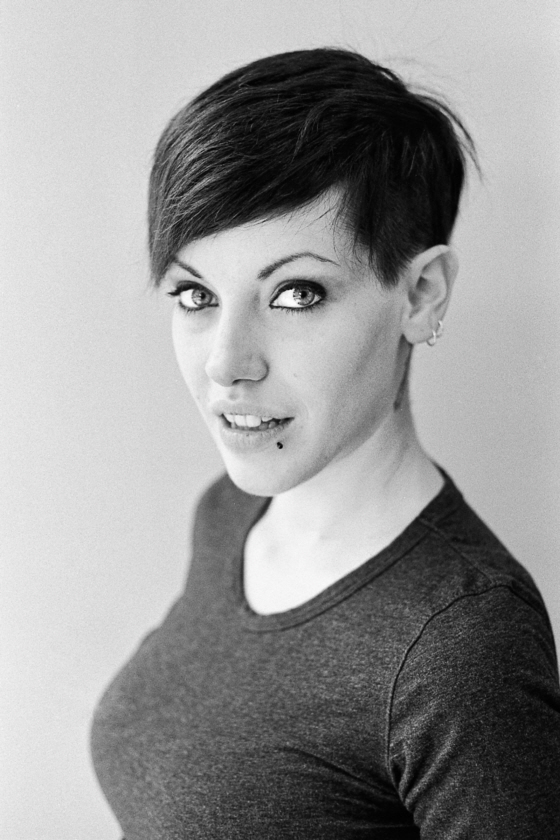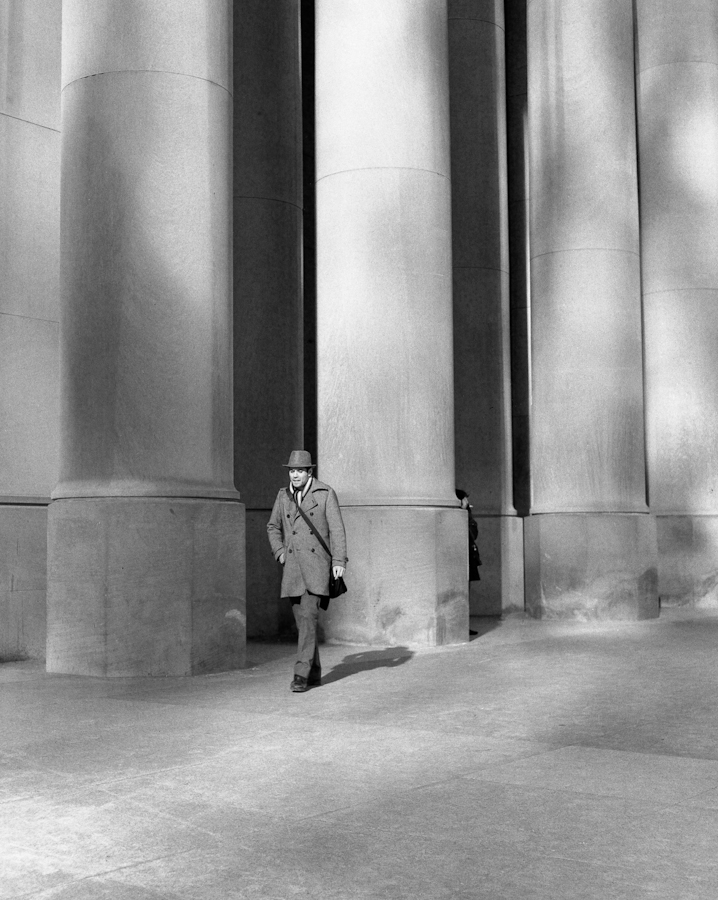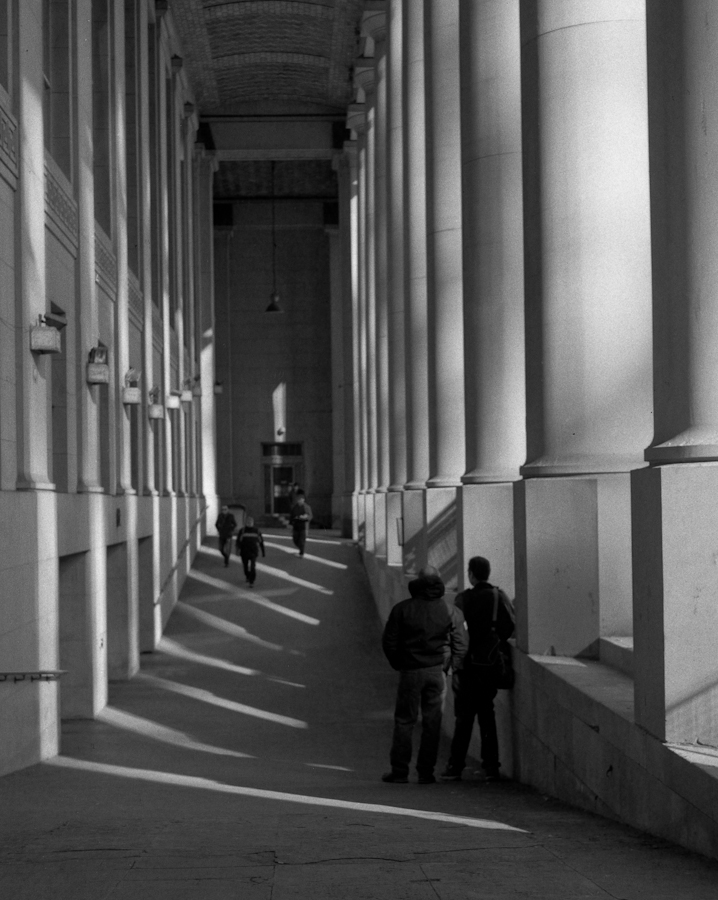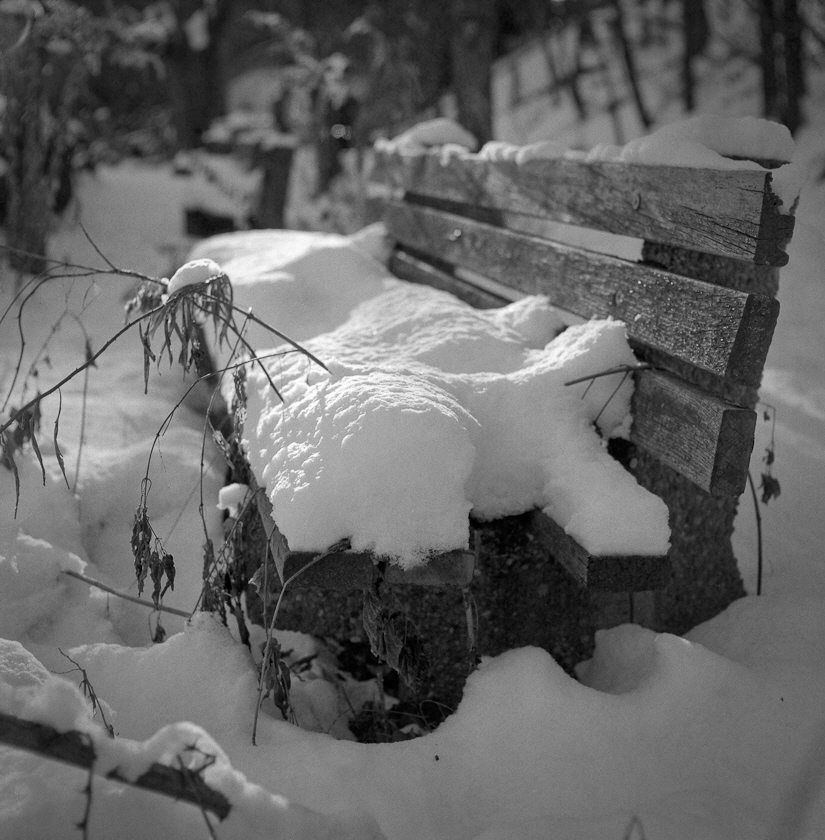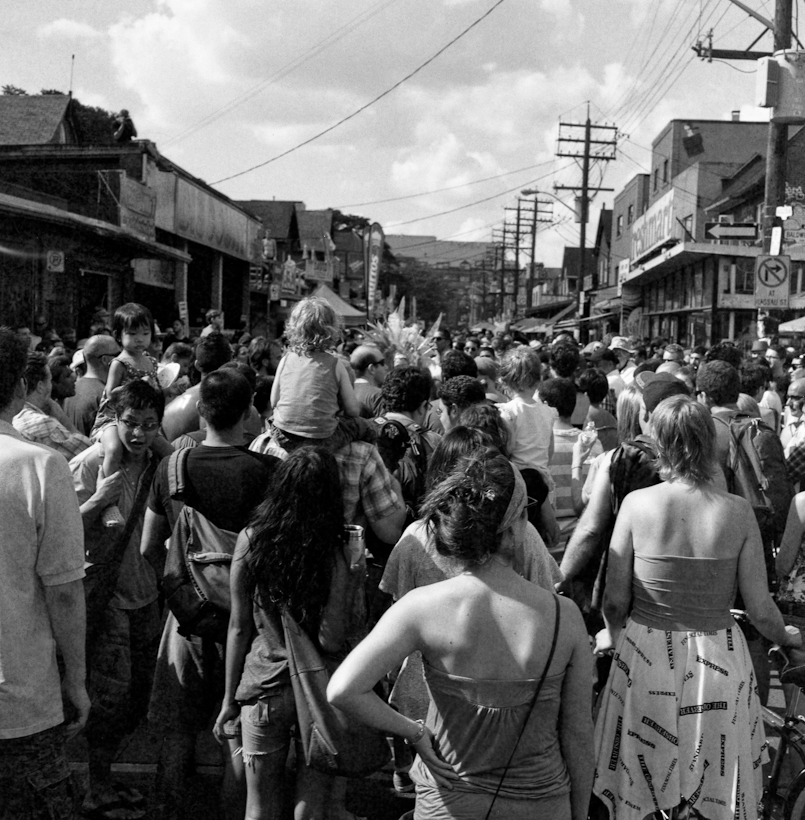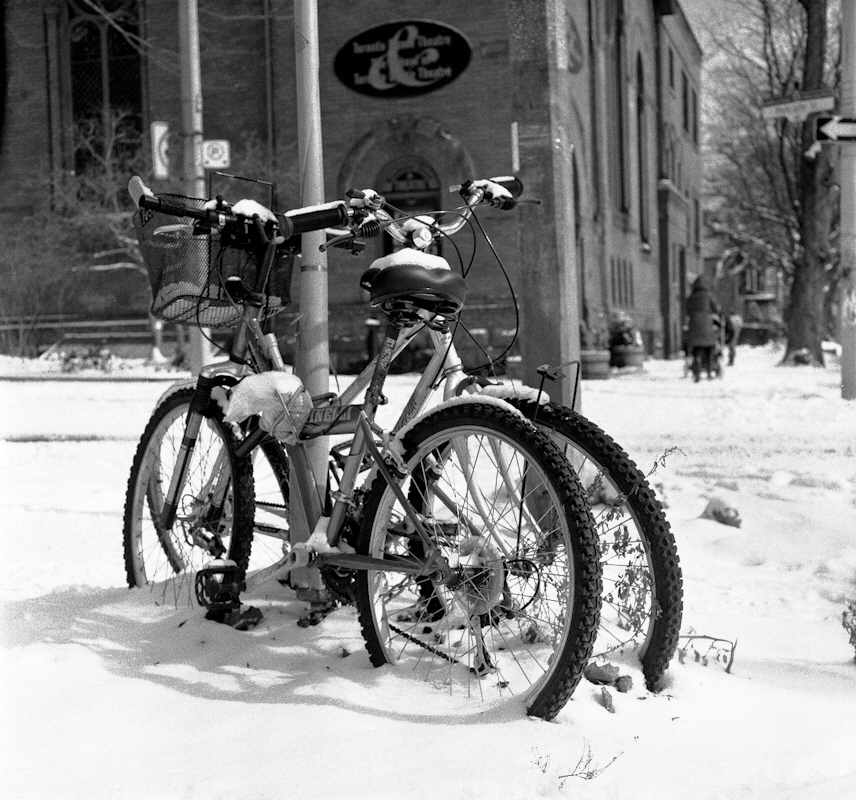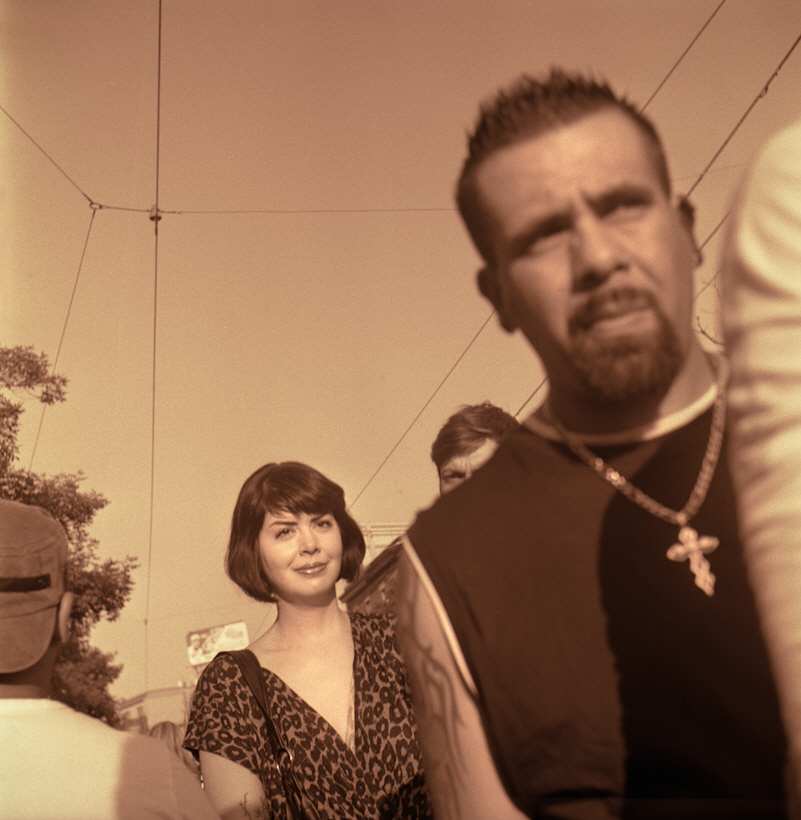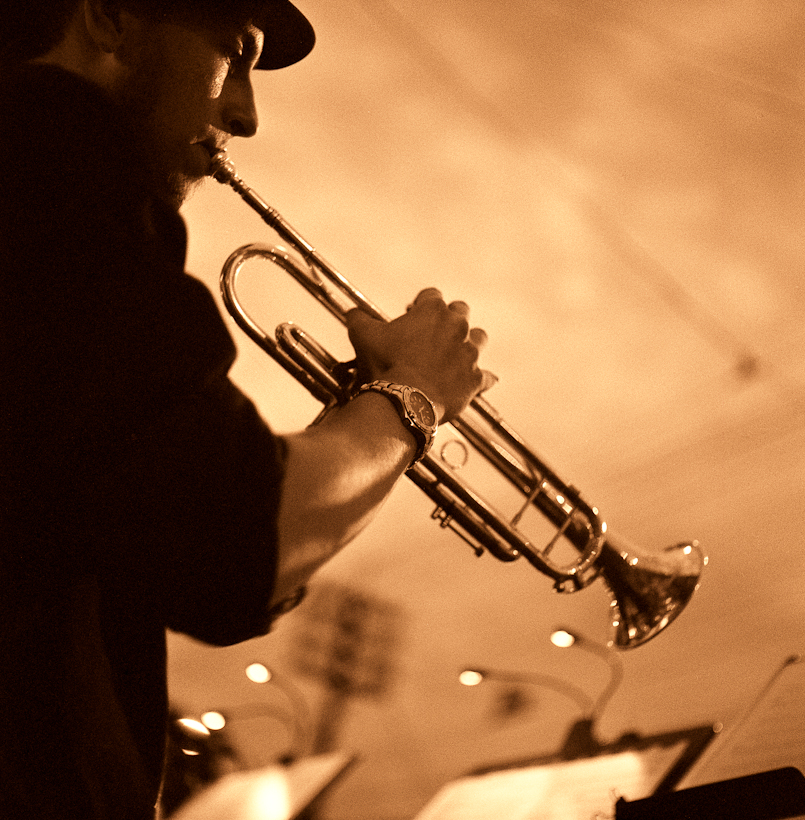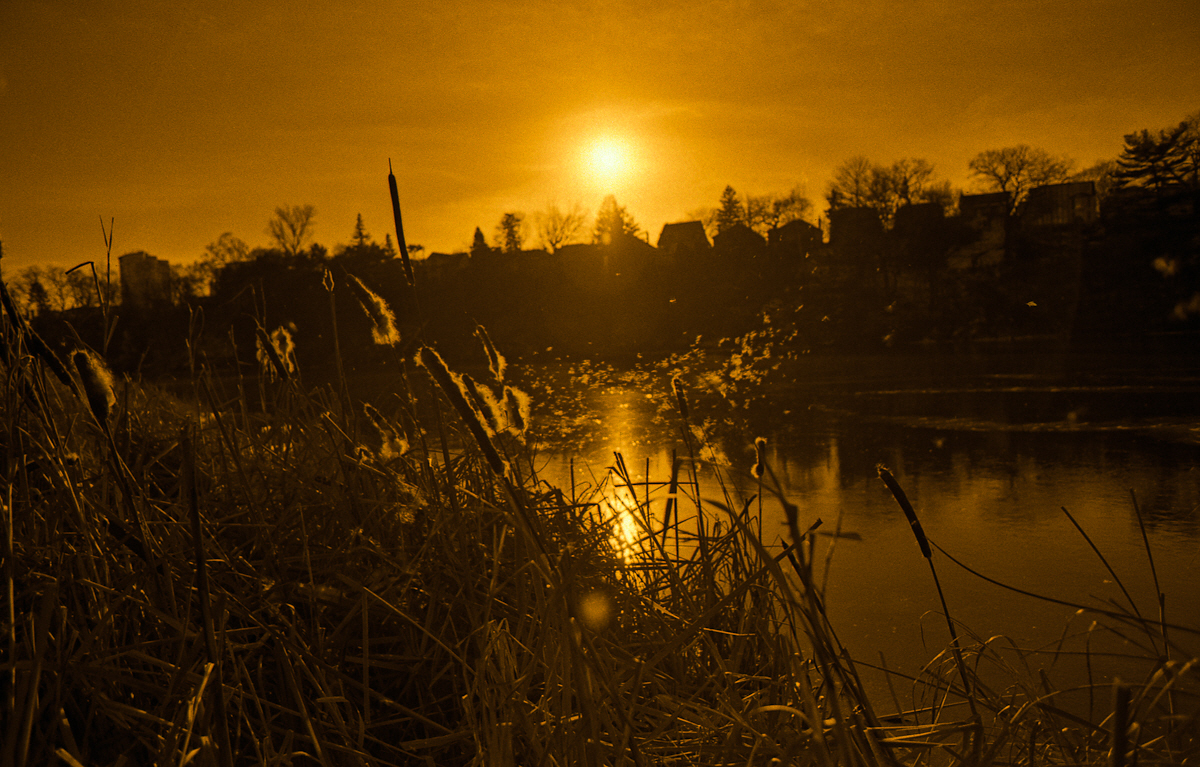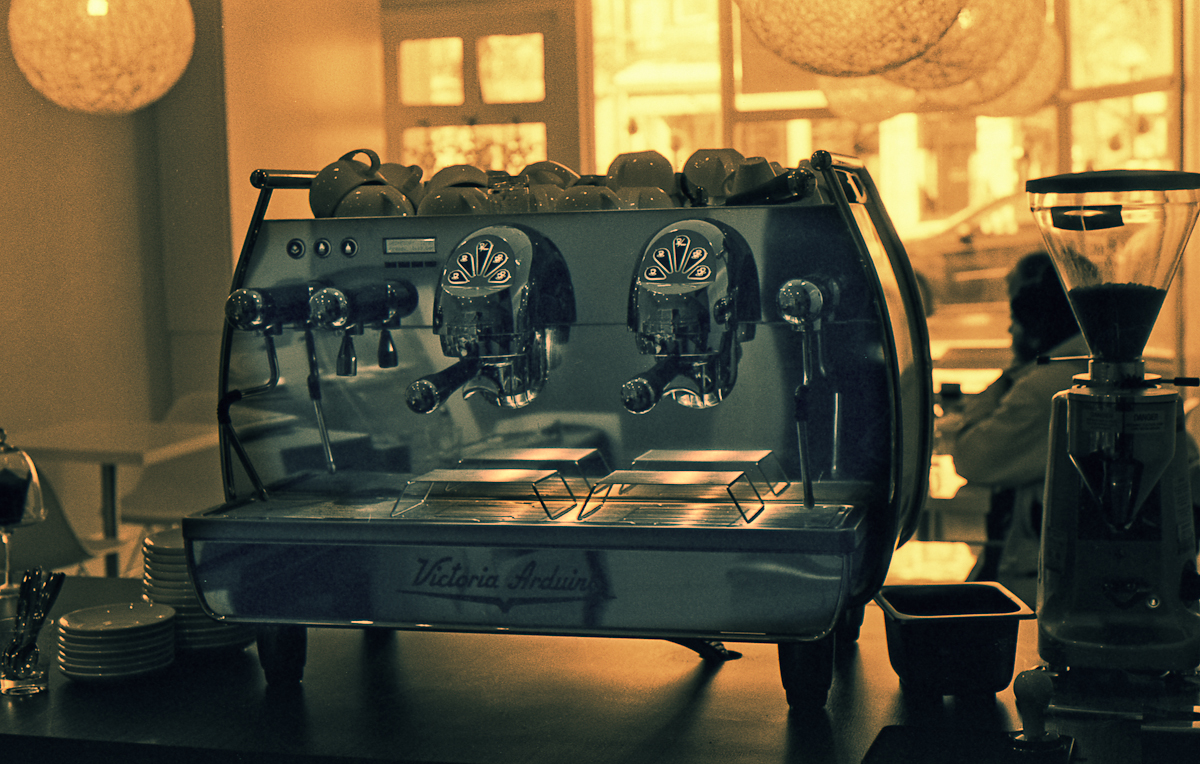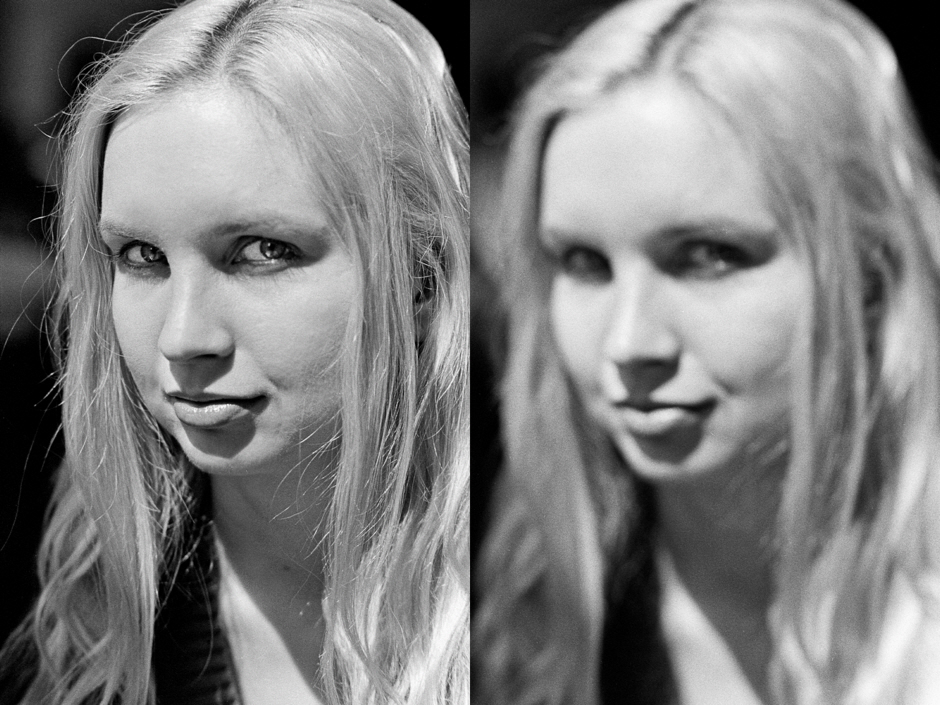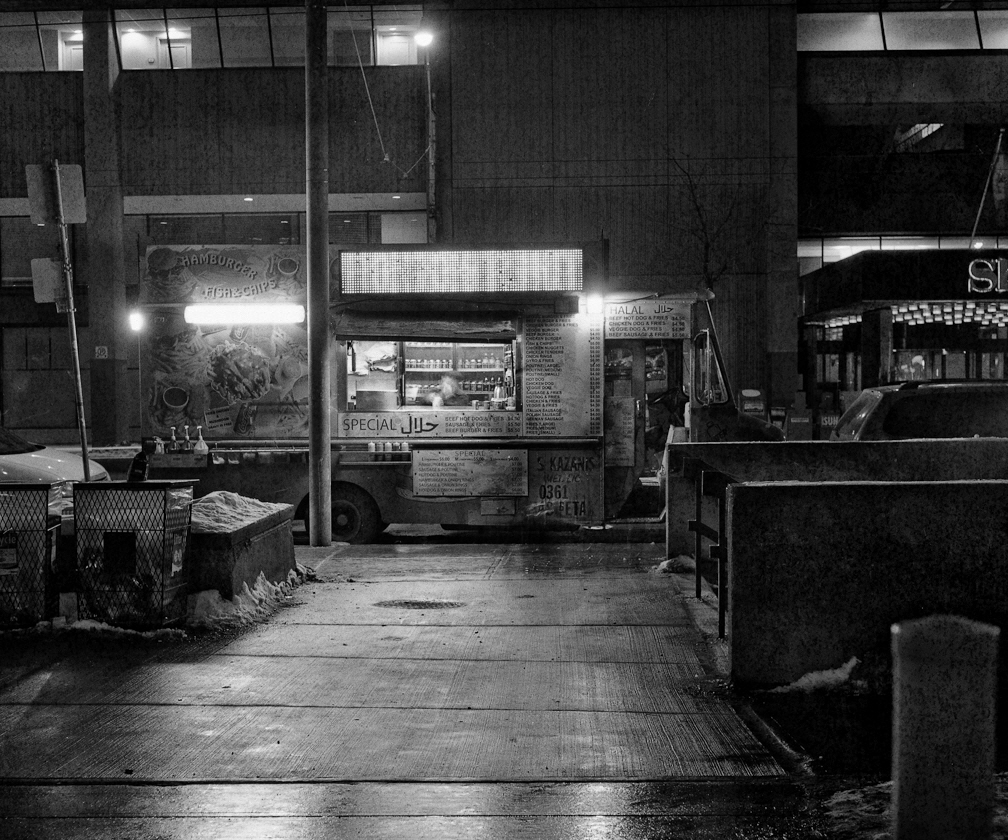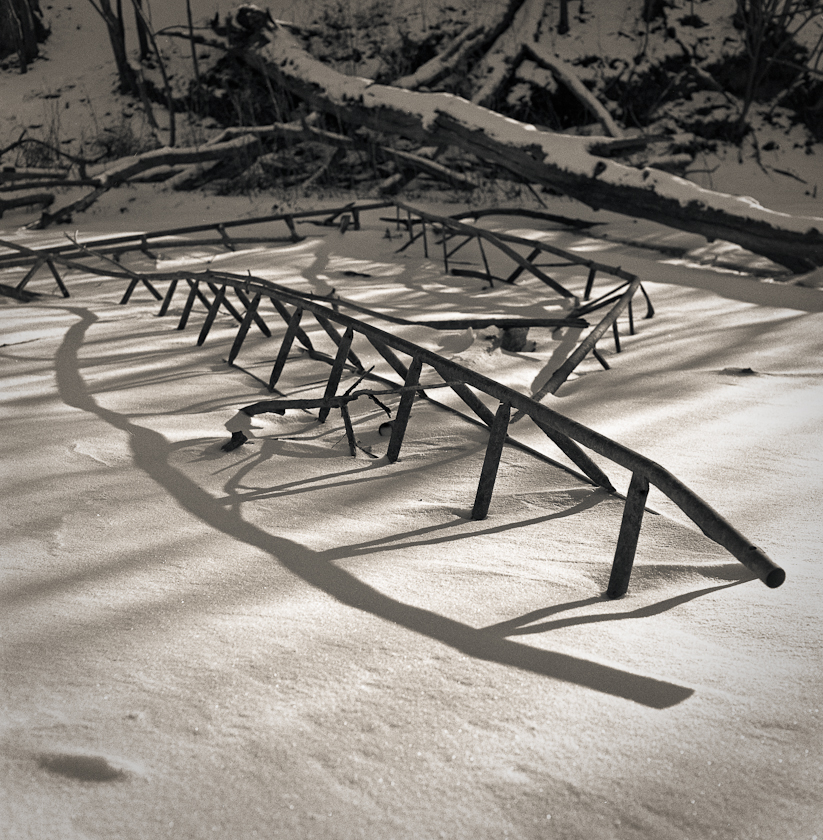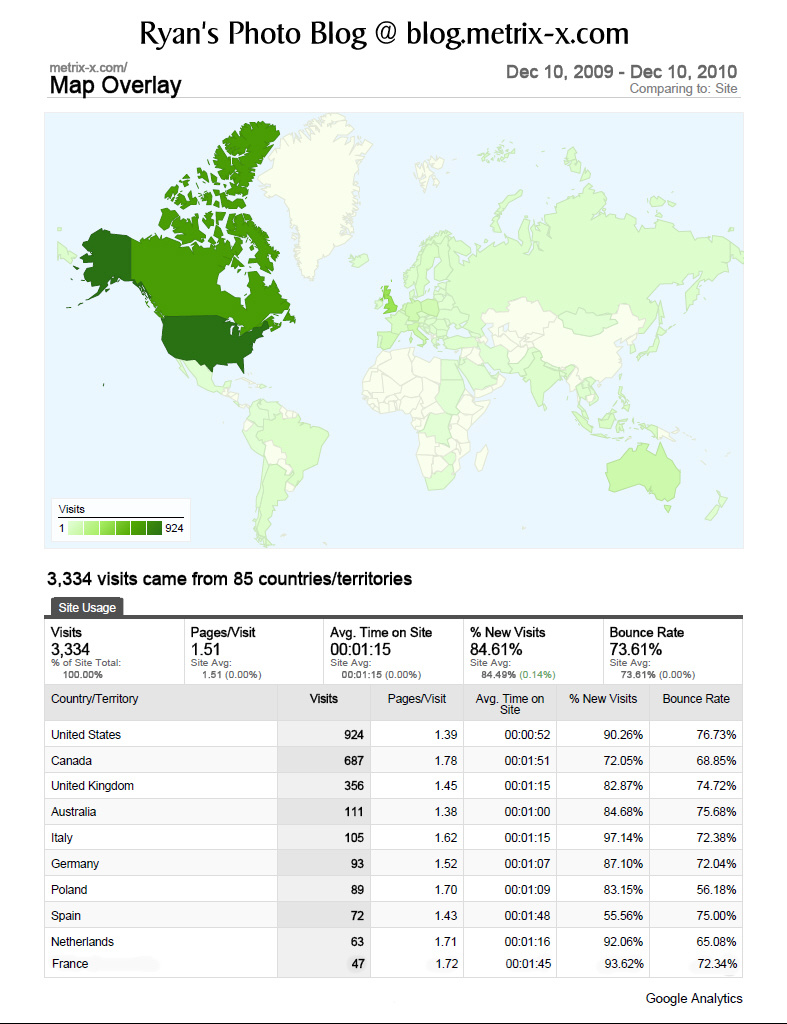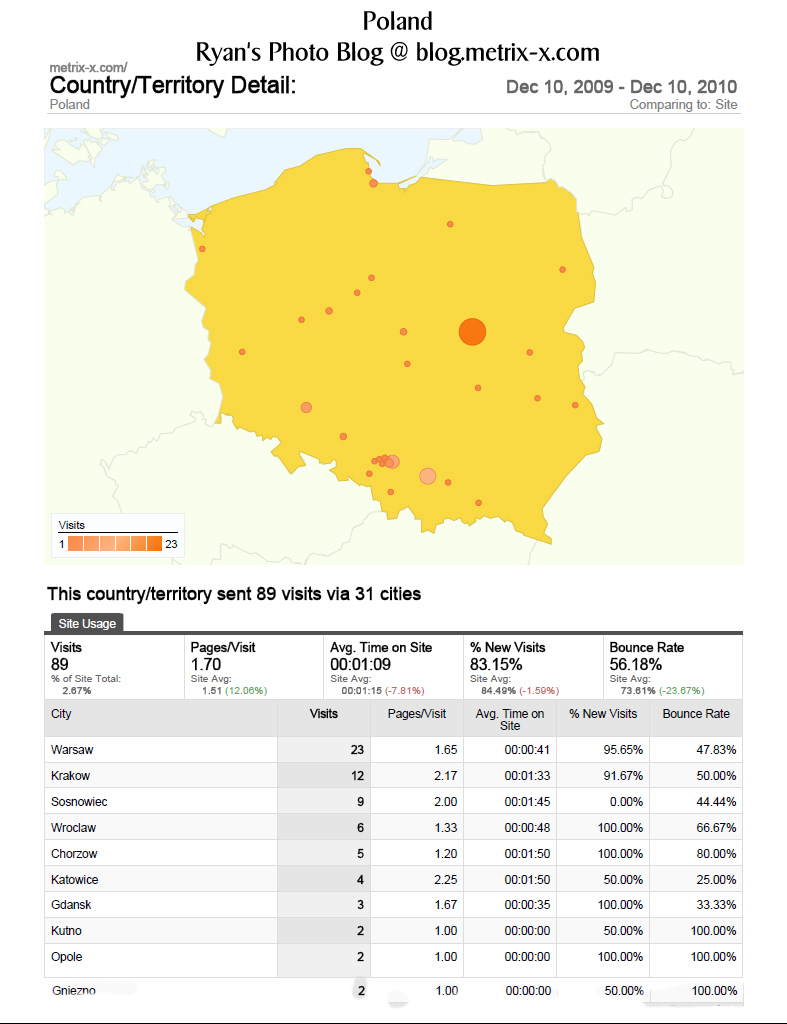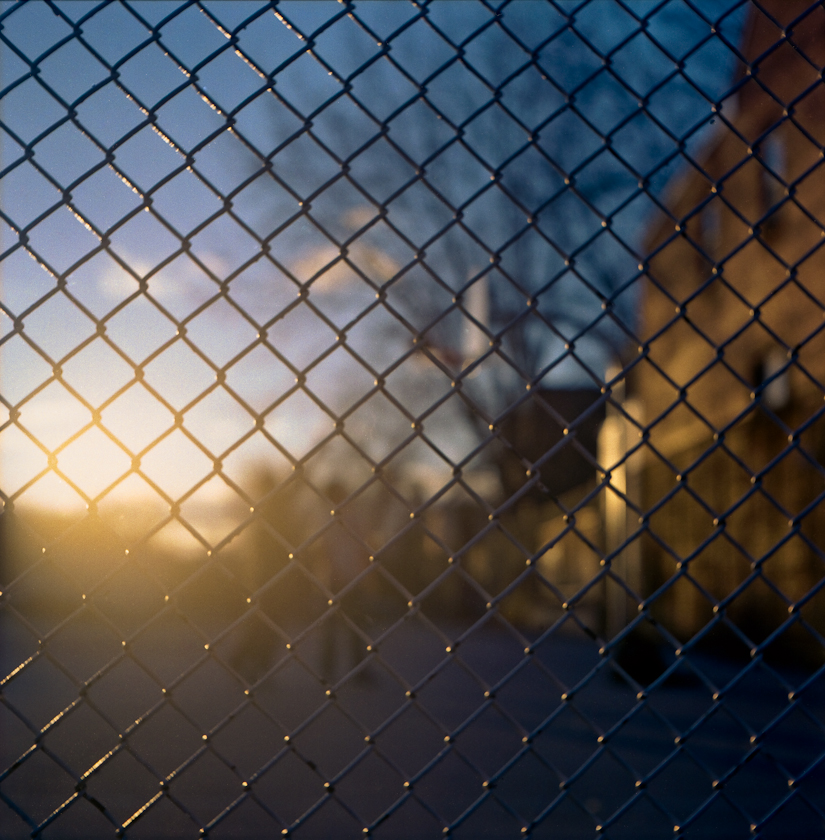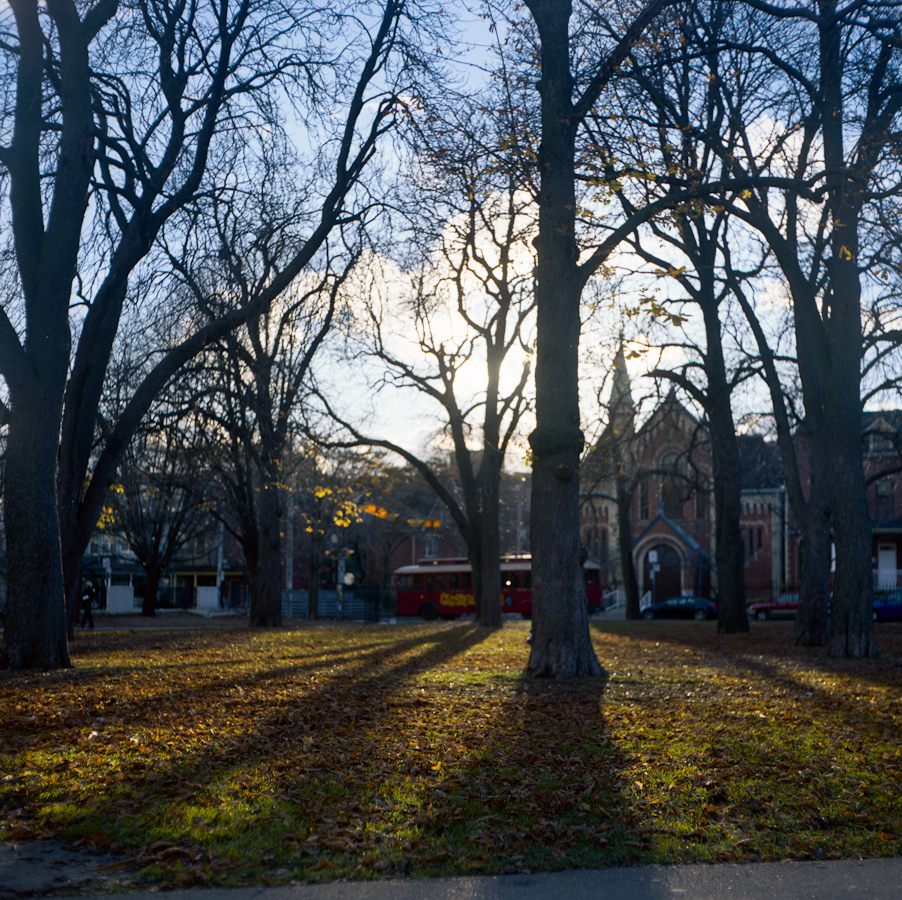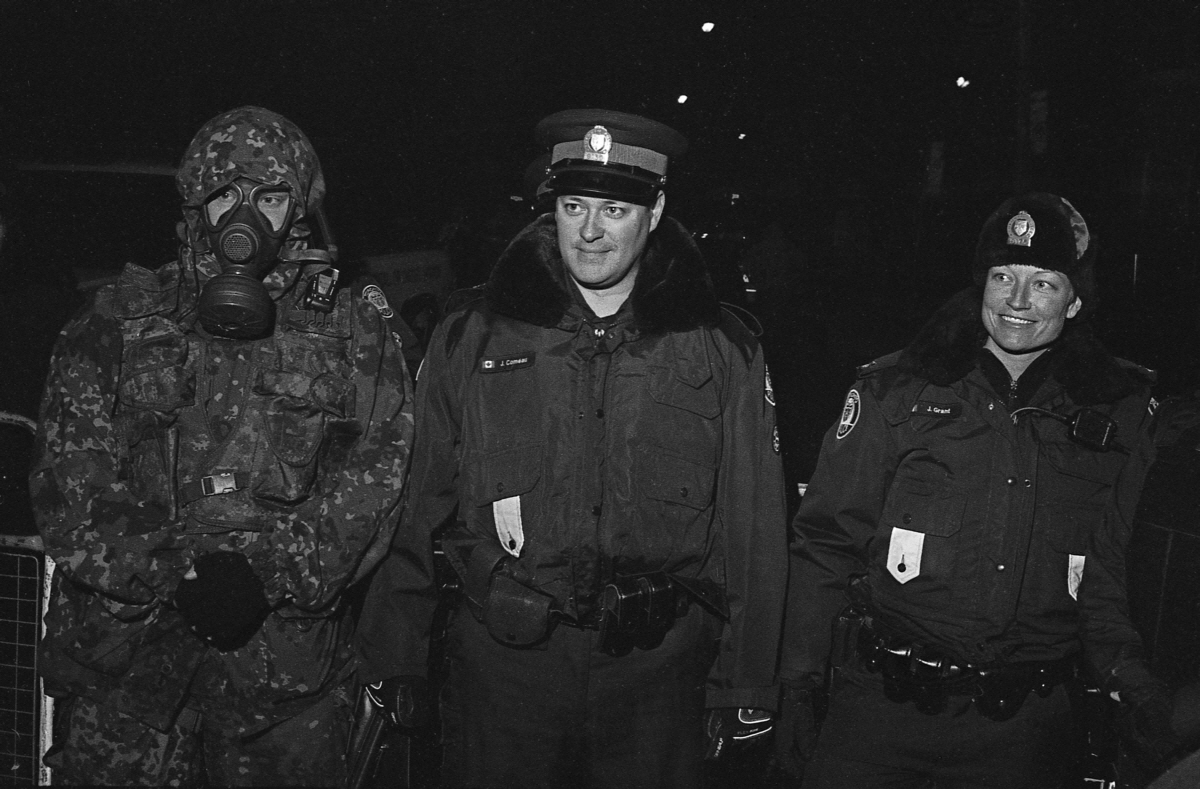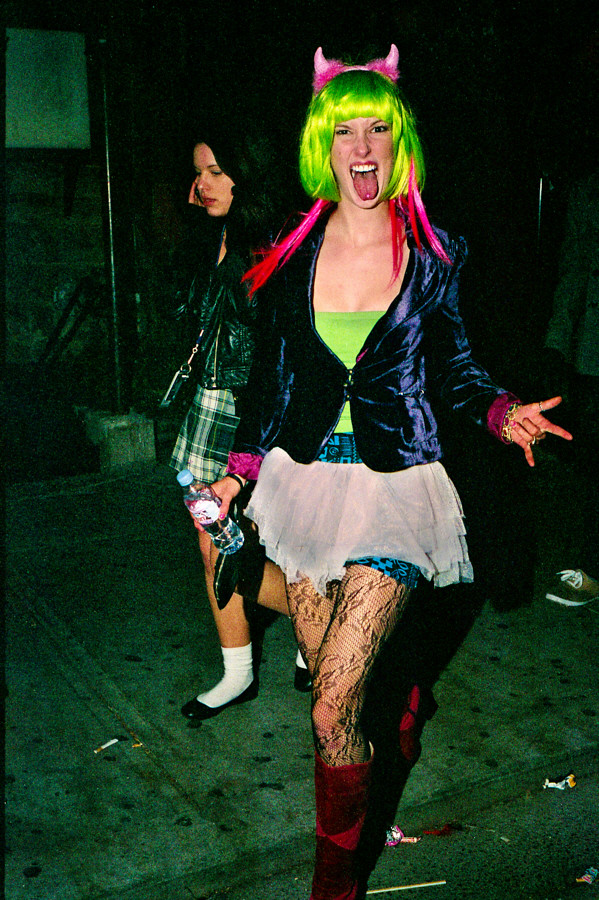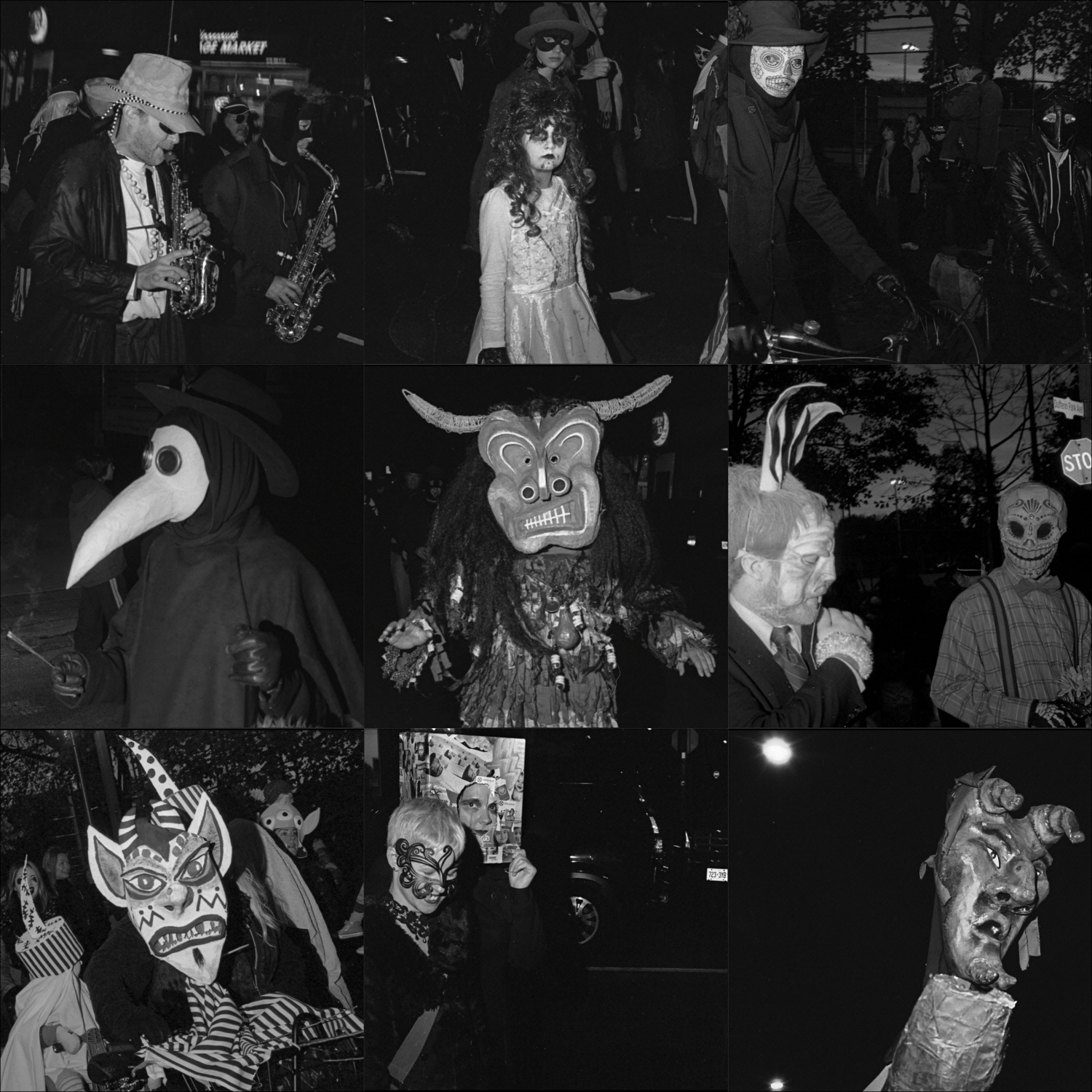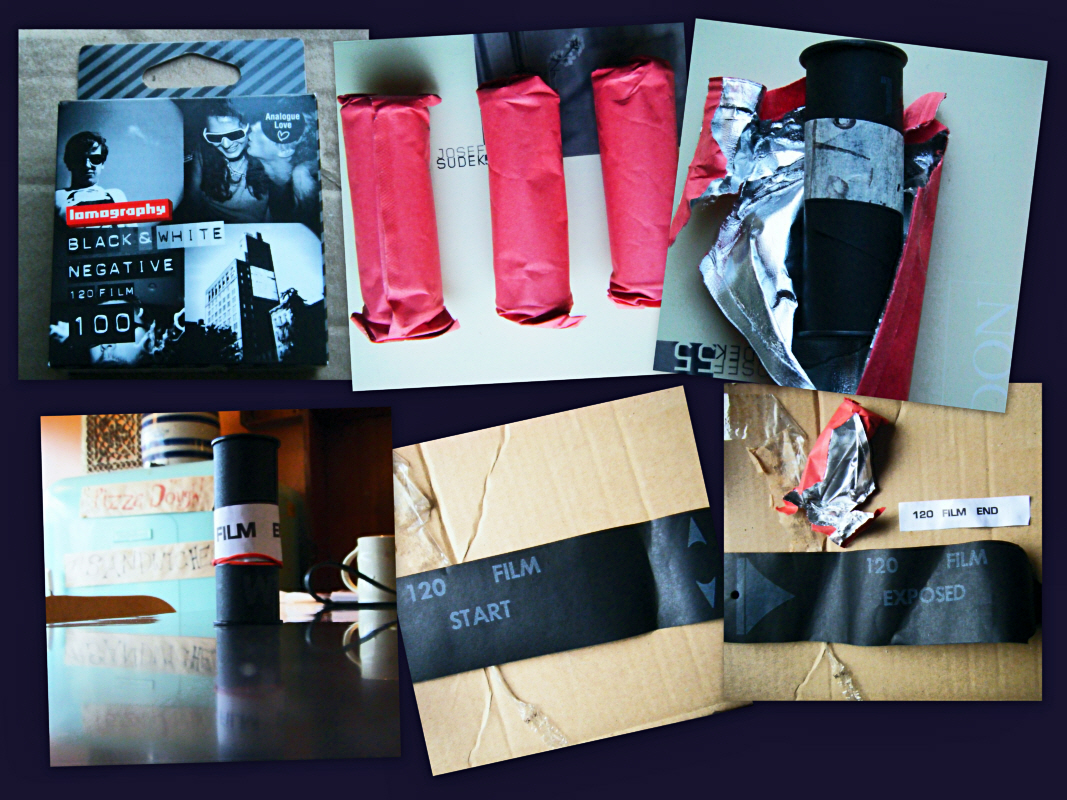
Last Saturday on a photo walk I found out that Toronto had an official Lomography store. Of course I had to check it out here's a place that you can buy a $40 Russian camera from Ebay or $300 in the store. Interesting stuff but way over priced except for this 3 pack of 120 black and white film that was going for$10 taxes in. The store manager said it was repackaged Chinese Shanghai GP3. Surprisingly I had wanted to try some because I had heard some good things about the film.
Specifications:
Made in Shanghai, CHINA, for professional photography, practising photographing and developing.
- The film is made by coating a panchromatic photographic emulsion on a polyester or triacetate film base.
- It could be used both for professional and amateur photographers for all-purpose providing fine-grain at full tonal range.
Suggested Developing time:
20C degree:
D76 stock - 8 minutes
D76 1:1 - 14 minutes
D23 12 minutes
Rodinal 1:50 15 minutes
D72 1:4 4 minutes
Made by the SMPIC Photosensitive Materials Factory of Shanghai, an industry leader with more than 40 years of experience in making photographic materials.
The parent company, SMPIC , was founded in 1973 and is currently joint venture partner in China with Polaroid and Fuji Xerox, making cameras and office machines, and is also a major producer of high-quality optical glass.
SMPIC makes their photosensitive films to very high standards of quality, easily the equal of the major international brands. Each boxed roll is heat-sealed in a paper-plastic laminate high-barrier wrap, and can safely be stored in a refrigerator or freezer without worrying about moisture damage.
Definitely Shanghai GP3 because of the edge code of "SGPFF" It had a slight strange plastic smell when I was loading on to the developing reel. I haven't seen the punched hole near the end before. Also the sticky end of reel tape did not have any useful glue (make sure you carry an elastic band in your pocket), cheap backing paper with grey on black printing and a curl with enough springiness to act as leaf springs for a truck.
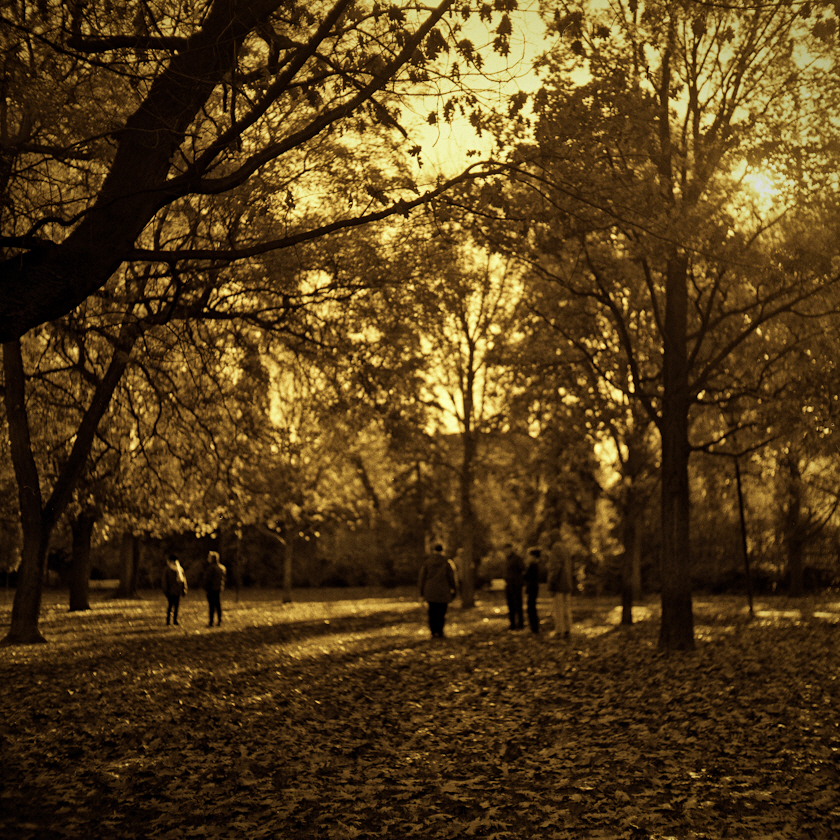
My first roll of Lomography/ Shanghai GP3 film.
This film is rated at Iso 100 and I shot the roll at 100 Developed 11 minutes in Agfa Refinal 19c this is a 2 stop push with no agitation after the first 20 seconds because the telephone rang and I forgot about the film. Except for one shot with blown highlights they turned out OK. I suspect the film should be rated at ISO 60, Nice tonality not that sharp. Light to medium blue dye in the pre-soak water. The film curls badly but doesn't bow so it is still easy to scan. See
previous photo for more details about the film.
My second roll I developed 8 minutes at 19c agitated every minute or so. The result was much better tonality also better sharpness for some reason.

Rare find in Toronto a Volvo C202, C303, Laplander or Valp
My favourite out of the second roll the tint comes from my
scanning method to pull out more from the negative.
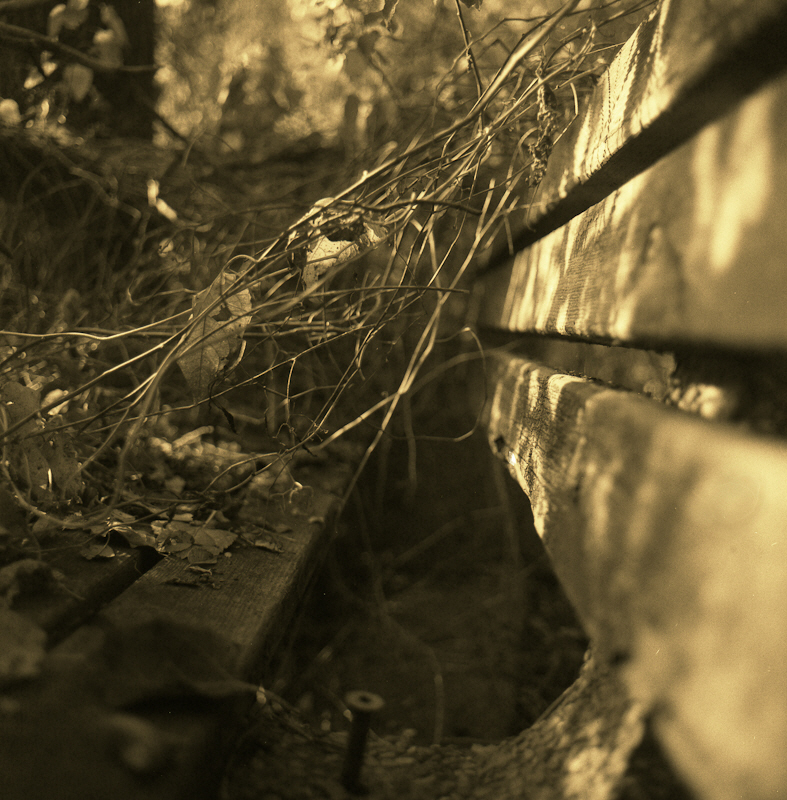
The third roll was developed with
Xtol 1:2 plus Rodinal 1:112 for 14 minutes at 19c scanned using the same method as above.
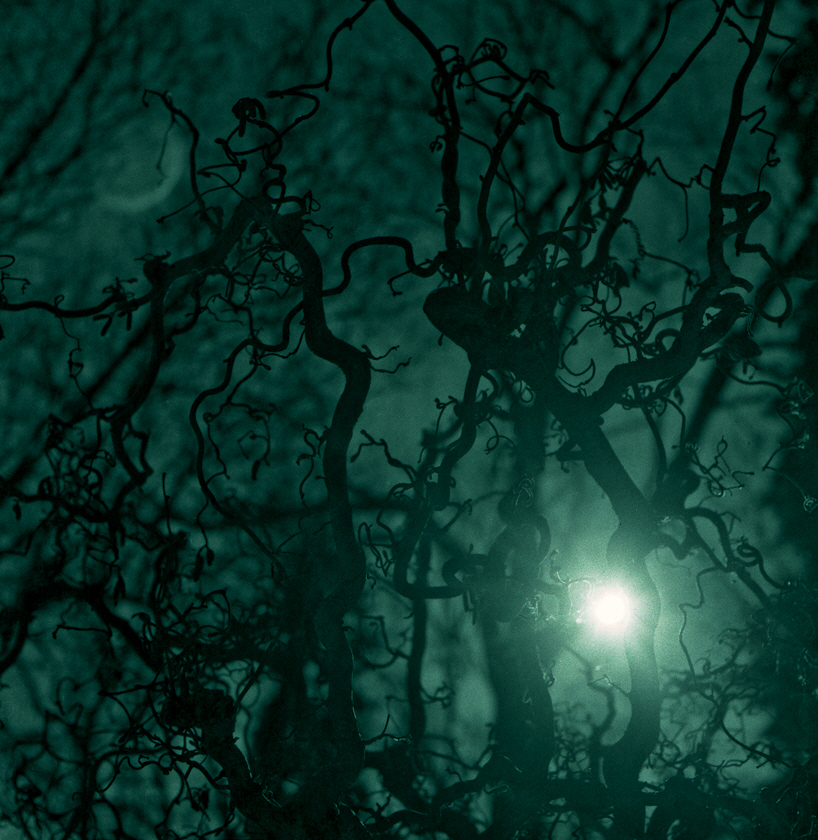
Unlike Kentmere films it is a useful budget film to have in the bag for a slightly retro look.
Flickr slideshow of my shots using Shanghai GP3
